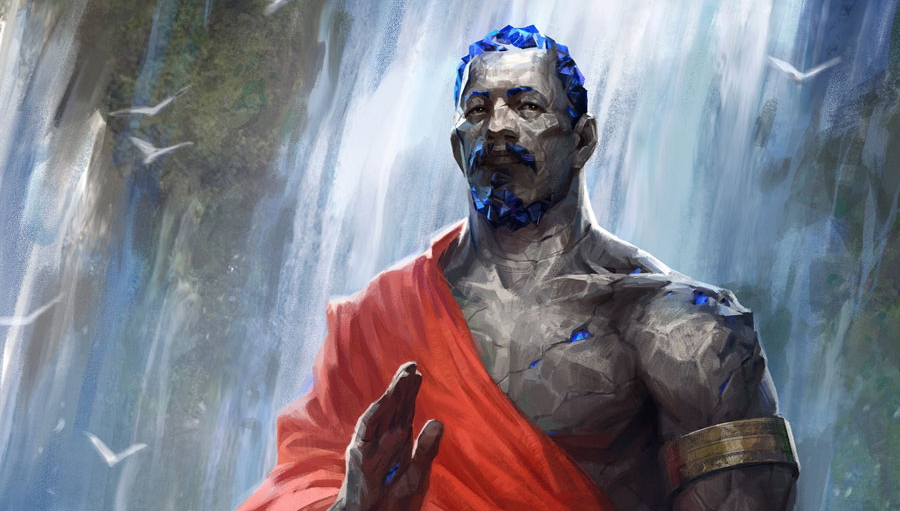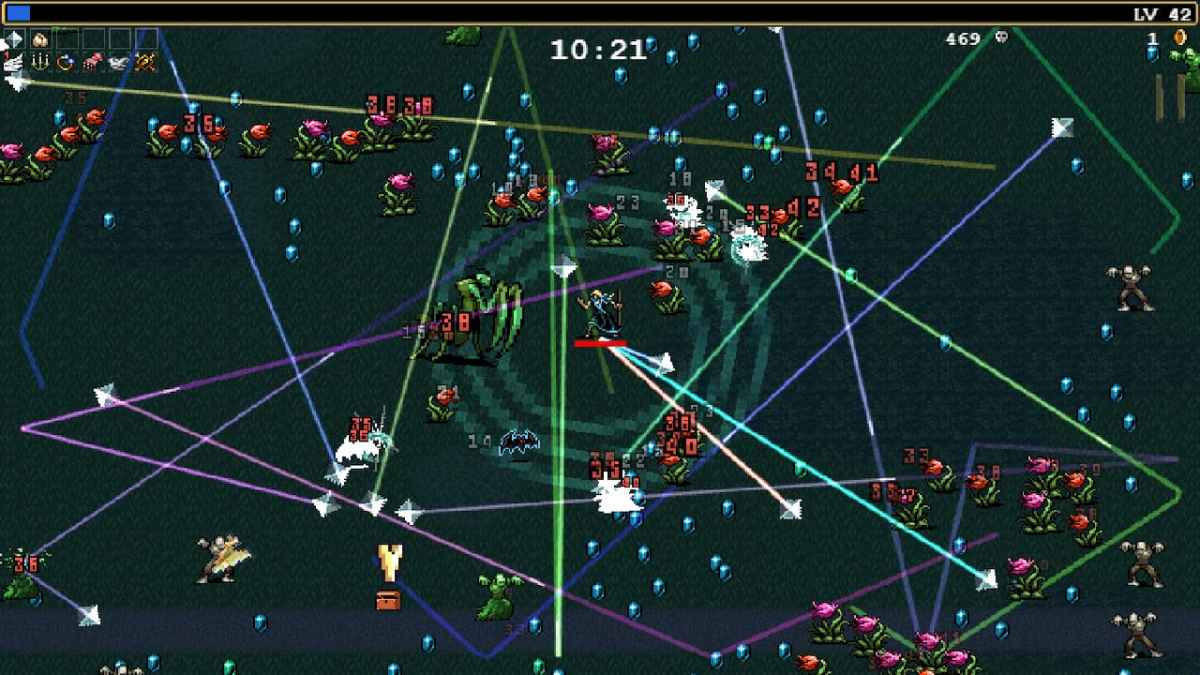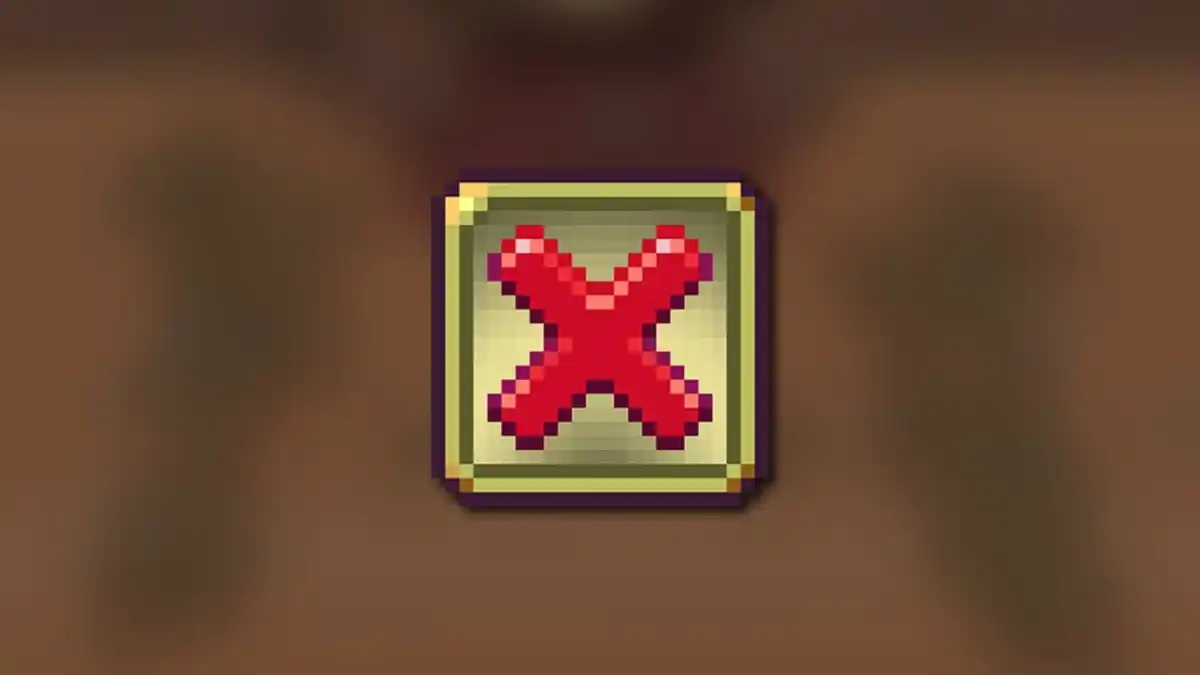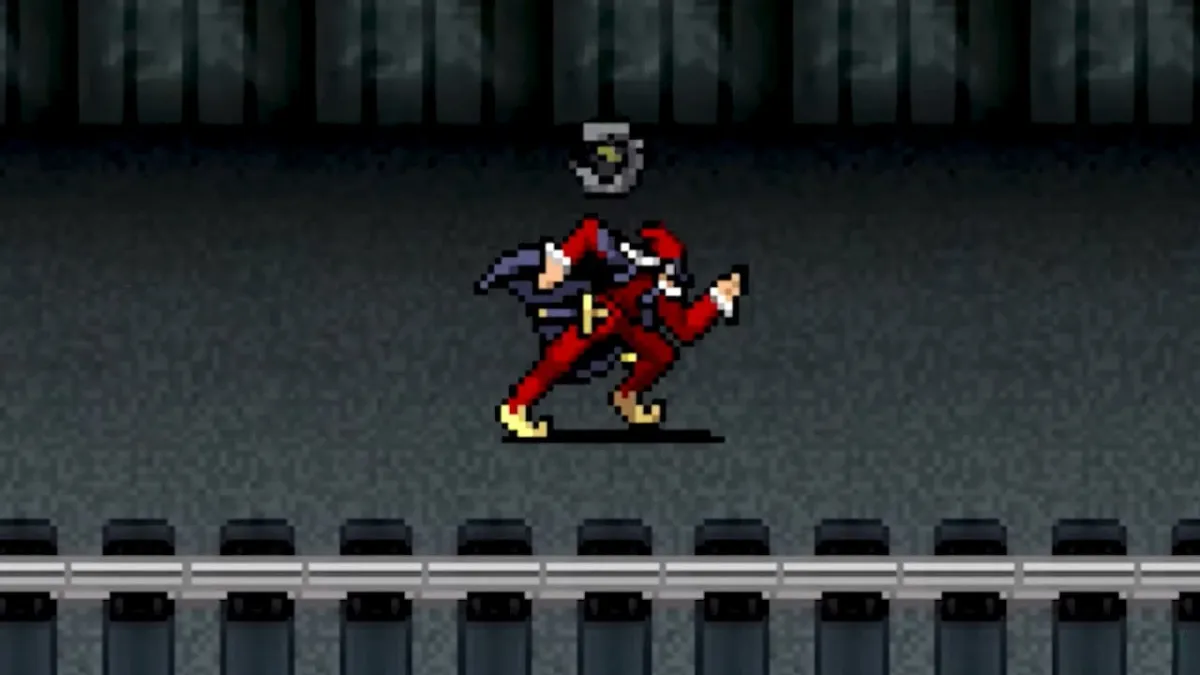In all likelihood, you’ll probably spend hours just trying to make your main character in Pathfinder: Wrath of the Righteous. With a plethora of options to choose from, you’re bound to feel overwhelmed. Here’s our Pathfinder: Wrath of the Righteous character creation guide to help you out.
Note: For more information, check out our Pathfinder: Wrath of the Righteous guides and features hub.
Pathfinder: Wrath of the Righteous – Character creation guide
Premade vs. custom characters
Pathfinder: Wrath of the Righteous allows you to choose from several premade characters. Options include a Half-elf Cavalier, Oread Cleric, Gnome Rogue, and more. However, if you want to ensure that everything is tailor-fit to your liking, you might as well create a custom character.
Note 1: Before we continue, make sure that you enable “Allow Character Retraining” in the difficulty options. You should be able to respec/retrain your main character and companions once you reach Defender’s Rest. This ensures that you won’t be hamstrung when you make sub-optimal choices.
Note 2: Please be reminded that this guide isn’t particularly for min-maxing purposes. The information is simply to give newcomers an idea of what they can expect from the character creation system.
Portraits
Our first order of business is to choose a portrait. Dozens are already available by default. Some of these character creation portraits are new in Pathfinder: Wrath of the Righteous, while others are from Kingmaker.
Note: It’s also possible to add your own custom portrait if you’re not happy with what’s available.
Classes
Next up, we’ll need to select a class. Now, to be clear, you’re going to spend a lot of time here because Pathfinder: Wrath of the Righteous has 25 default classes, and each one has multiple archetypes/sub-classes. Likewise, there are 13 Prestige Classes which you won’t be able to select now since they require you to progress a bit further in the campaign to acquire some feats or skills.
We won’t discuss all the classes in detail in this guide. However, sufficed to say, you’ll want to take note of three factors:
- Which playstyle are you comfortable with? Do you want to get into the thick of the fray, or would you prefer to cast spells while allies protect you?
- Speaking of allies, you’ll want to take note of the companions that you’ll meet during your travels. For instance, the first person that you can recruit during the prologue is a Paladin named Seelah. Mere moments later, you’ll encounter a Shaman named Camellia. Although you can customize them as they level up, their particular playstyle and abilities should complement your main character’s class.
- Lastly, you’ll want to consider the complexity of a class. Pathfinder: Wrath of the Righteous has a “difficulty” tooltip (denoted by circles) telling you if a class is fairly straightforward or if it’s better used by those who have more experience in the game. In this example, the Monk has a difficulty level of “2,” which means it’s okay for newcomers. Compare this to the Alchemist or Warpriest (difficulty level 4) or the Kineticist (difficulty level 5).
Note: For more details, you can take a look at our class recommendations guide and prestige classes guide. I also suggest viewing our companion recruitment guide so you’ll know the starting classes of the people who will join your party.
Races
Next, you’ll get to pick your race. Again, we won’t delve into too many details here. What you’ll simply need to take note of are the racial bonuses that you can acquire, as well as a possible heritage (sub-race).
Note: For more details, you can take a look at our race picks/options guide.
Backgrounds
Your backgrounds play a role in additional bonuses you can receive, such as skills (i.e., skill checks) and/or weapon proficiencies. For instance, since if you go with a Quarterstaff Master Monk, you’ll deal higher damage with that particular weapon. Meanwhile, in the backgrounds panel, you’ll see that the Wanderer – Hermit background adds a bonus to several weapon proficiencies, including the quarterstaff.
Abilities
Abilities (i.e., attributes/stats) pertain to your strength (STR), dexterity (DEX), constitution (CON), intelligence (INT), wisdom (WIS), and charisma (CHA). Each ability governs several skill checks, and the game also tells you which ones to focus on depending on your chosen class. For instance, most builds for the Rogue, Slayer, Hunter, and Monk emphasize high DEX.
Skills
Your skills determine the success rate of your actions while exploring, additional dialogue options that pop up, or making your way past enemies:
- Athletics (STR) – Climbing an obstacle or jumping to another section of the map.
- Mobility (DEX) – Moving past opponents without triggering attacks of opportunity in battle.
- Trickery (DEX) – Lockpicking and disarming traps.
- Stealth (DEX) – Moving past opponents without being seen, and avoiding random encounters on the world map.
- Knowledge: Arcana (INT) – Learning spells from spellbooks, creating arcane spell scrolls, and identifying magical items.
- Knowledge: World (INT) – Brewing potions, deciphering texts, and recalling info about the land.
- Lore: Nature (WIS) – Delays fatigue when traveling the world map and gains an ability to cure diseases.
- Lore: Religion (WIS) – Creating divine spell scrolls and recalling info about religious beliefs.
- Perception (WIS) – Allows you to notice traps and hidden objects/loot; prevents you from getting surprised by enemies while camping.
- Persuasion (CHA) – The success rate of additional dialogue options (i.e., diplomacy, intimidation, and deceit).
- Use Magic Device (CHA) – Being able to activate wands and scrolls that you normally wouldn’t be able to use.
Note 1: Your choices here will help with your character’s build (i.e., if you want to goad NPCs into giving you better rewards, you’ll want high Persuasion to convince them). Additionally, consider the skills of your companions as well.
Note 2: Remember that Pathfinder: Wrath of the Righteous automatically picks the character with the highest skill for a particular action (i.e., attempting to lockpick a chest when your entire party is selected will make the character with the highest Trickery do the action).
Feats
Next up, we’ve got feats. Here, you’ll see the stuff that you can pick. Normally, choosing a weapon or spell proficiency here is fine. More options will become available later as you level up or acquire pre-requisites.
Oh, and in some cases, your chosen class/sub-class and race will allow you to choose bonus feats from the get-go.
Deity and alignment
The deities in Pathfinder: Wrath of the Righteous offer a few benefits. They also help determine certain spells that can be cast if they require a specific deity.
However, some might not be available depending on your class or alignment. It’s also possible to select Atheism. This unlocks several unique options, the Perception skill, and a +2 bonus to saving throws against divine-type spells. Unfortunately, you won’t be able to cast divine spells or those that require a deity.
Likewise, your chosen alignment is dependent on your previous selections in Pathfinder: Wrath of the Righteous‘ character creation. For instance, Paladins would often end up on the Lawful Good spectrum at the start. But, this can change as you continue to play the campaign. When certain decisions are presented about your character’s moral compass, you can use lawful, chaotic, good, or evil responses.
Appearance, voice, name, birthday, and the summary screen
Finally, you can customize your character’s appearance, voice, name, and birthday. Select the options and aesthetics that are to your liking, and go to the summary screen. This will give you the details on all the choices you’ve made during Pathfinder: Wrath of the Righteous‘ character creation.
If you’re cool with everything, go ahead and start your adventure. Alternatively, go tweak your character some more or, better yet, play the prologue and restart the campaign if you want to try different combinations. There’s a plethora of stuff that you can do, and we’ve barely just begun.
Pathfinder: Wrath of the Righteous is available via Steam.














